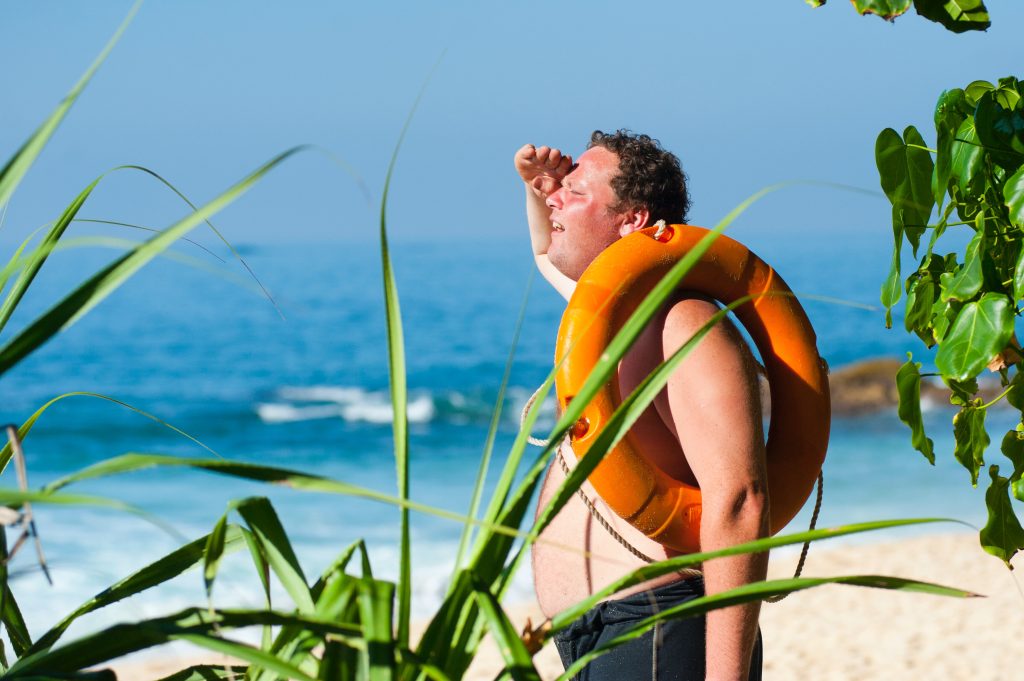July 7, 2023 – The Croatian National Hydrometeorological Institute (DHMZ) has issued a warning of the likelihood of a Croatian heatwave next week.
As Poslovni writes, this is due to the clear skies and the influx of increasingly hot air from the southwest. Temperatures will be high in most regions on Monday, with a peak on Wednesday, and may have a harmful effect on health.
Today it will be mostly sunny, with moderate cloud cover inland. There is a local possibility of some showers with thunder in the afternoon, especially in Slavonia. In the morning, short-term fog is possible in some parts of the interior. Wind will be weak to moderate north and northeast. On the Adriatic, a moderate gale, at the foot of Velebit. A strong, mostly northwesterly wind in the afternoon. The lowest temperature will be from 13 to 18, on the Adriatic from 18 to 23 °C. The highest daily temperature will be from 27 to 32 °C.
“Friday is still not looking completely stable, clouds and local showers are possible primarily in the east of the interior.” It is loooking noticeably more stable from Saturday, mostly sunny and hot. The first half of next week will certainly be marked by real summer heat with the highest daily temperature values above 33°C. Towards the end of the week, the probability of a change increases, which for now in the Adriatic is manifested mainly by the strengthening of the southern wind and some stormy weather. In general, the days ahead bring mostly sunny and hot weather with mostly light to moderate winds. And in some places in the next week, the nights will be very warm, making it difficult to rest at night”, Tanja Renko from DHMZ predicted for HRT.

Croatian HeatWave: Temperatures to Reach 35°C on Monday
The Croatian heatwave should last until the end of the week on the Adriatic Sea and the areas adjacent to it. In the northern inland regions, there is a high probability of colder air coming through on Thursday, which will ease the heat.
High air temperature can cause health problems, especially for sensitive groups such as young children, chronic patients, the elderly and people who work outdoors. That is why DHMZ recommends for everyone protects themselves from extreme heat. The guidelines are the usual – refrain from going out in the heat, cool down your home and drink enough fluids.
DHMZ further notes that the temperature that can be dangerous for the population is not the same in all areas and that it differs depending on the climatic conditions in which people live. Such a temperature can easily cause problems for people in northern Europe, while it is common for the population in the Mediterranean.
They point out that Croatia is climatically very diverse and that the climatic conditions in the mountainous parts of Croatia differ from those in the lowland parts. Even on the Adriatic there are differences between the climatic conditions in the northern and southern parts. Climatic conditions are not the same even in the lowland parts of Croatia. For example, the summer temperatures are higher in eastern than in northwestern Croatia.









